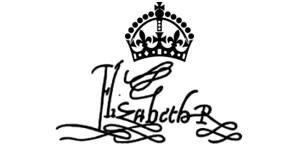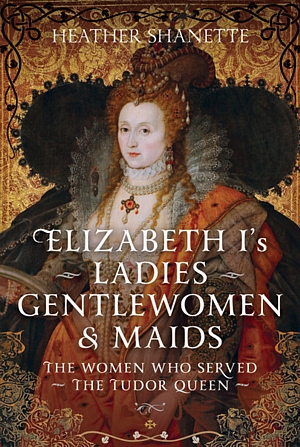
Essex Rebellion (1601)
The Essex Rebellion of 1601 was the second and last major rebellion of Queen Elizabeth's reign. It was led
by Robert Devereux, Earl of Essex (1566-1601), a man many would have thought the last to rebel. Not only was he one of
the Queen's favourite courtiers, but he was the step-son of her great favourite, Robert Dudley, Earl of Leicester;
the husband of Sir Francis Walsingham's daughter; had been a ward of William Cecil, Baron Burghley
(the Queen's trusted chief advisor); and he was related to the Queen. His great grandmother was Mary Boleyn, sister of Elizabeth's mother, Anne Boleyn.
Given his connection to all the men closest to Elizabeth, and his good looks and charm, it is unsurprising that the
young earl quickly became one of the Queen's favourites. The Queen liked to replace much missed men with their sons
and she hoped the young and dashing earl would help fill the void in her life left by Lord Leicester.
In 1587 Essex was made Master of the Horse, a position Leicester had held since the Queen's accession, and after Leicester's death in 1588 he was given the earl's very lucrative monopoly on sweet wines.
Queen Elizabeth enjoyed Essex's company and showered him with gifts. Over the centuries the
exact nature of their relationship has been the subject of much speculation, many believeing they were lovers,
but although their relationship was charged with the romanticism of the renaissance
courtly love ideal (an unmarried queen is a maiden to be 'courted' by adoring knights), they were not lovers.
Unlike his step-father, however, who excelled in the role, Essex struggled. He did not always show the Queen the
respect she deserved, behaving sometimes like a spoilt child,
and this put a strain on their relationship. It is said that during one heated exchange in
the Privy Council the earl almost drew his sword against the Queen.
While the Earl of Essex had many commendable qualities that helped him achieve fame and success, he also had qualities
that ultimately led to his downfall. He was sometimes arrogant and stubborn, as well as impetuous and foolish, and he was
reluctant to defer to the Queen in military matters, believing that he knew better. As she was fond of the earl,
the Queen often turned a blind eye to his actions, tolerating from him what she would not have suffered in others.
The beginning of the end for Essex was his appointment in 1599 as Lord Lieutenant of Ireland. His job was to lead a
military expedition to Ireland to crush a rebellion against the Queen led by Hugh O'Neill, Earl of Tyrone. Instead
of defeating the rebels, however, he made a truce with Tyrone and then left Ireland. The Queen was outraged and,
upon his return to court, the earl was confined to his apartment and then called before the Privy Council
to explain his actions. The earl's answers were not to their satisfaction, or to the Queen's, so he was placed in the
custody of Sir Richard Berkeley and confined at York House.
Eventually the Queen softened towards her former favourite, and the earl was released, but she did not renew
his monopoly on sweet wines. This enraged the earl, as he depended on the income, and he began to plot his rebellion.
He blamed Robert Cecil, now the Queen's chief advisor, for his troubles, believing he had poisoned the Queen's mind against him,
and wanted him and his supporters removed from power. Essex had support from others who were unhappy with Elizabeth's advisors and the rebels came up with a plan to seize
the court, the Tower of London, and the entire city of London. However, word of the rebellion reached
the Privy Council and Essex was summoned before them.
Instead of attending this meeting, which might have resulted in his imprisonment, the earl and his followers embarked
on a rushed rebellion. The following morning,
which was 8 February 1601, the earl, with about 200 men, marched through the streets of London declaring that the Queen's government
wanted to kill him and wanted to give England to Spain. The earl did not meet with much sympathy from the people, who largely
ignored him, and once he was declared a traitor, many of his followers abandoned him. By the evening, the earl had no
choice but to return to his house, where he later surrendered to the Queen's men.
Less than three weeks later the earl was dead. He was put on trial, convicted of treason, and beheaded at the Tower of London on 25 February 1601.
It was a tragic end to a very promising life and, despite believing his execution was just, the Queen greatly
lamented his death. Indeed, her grief for the earl contributed to her own death only two years later.



















